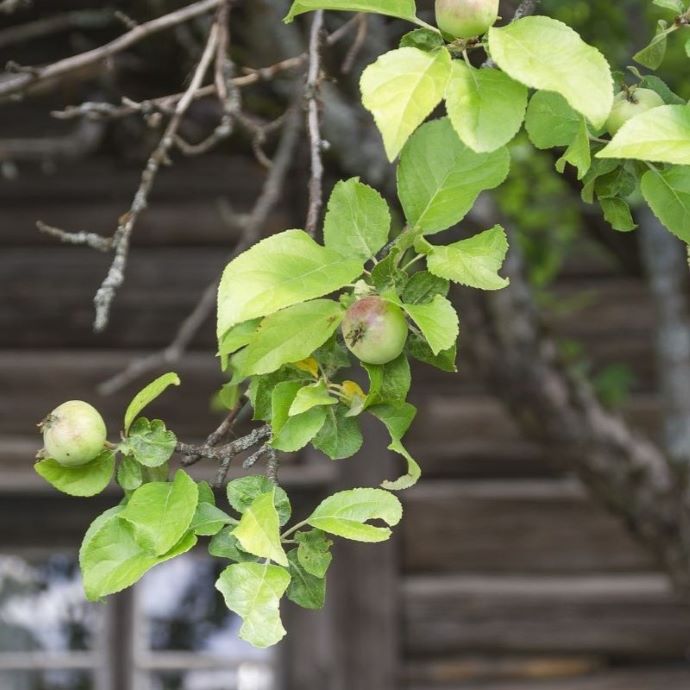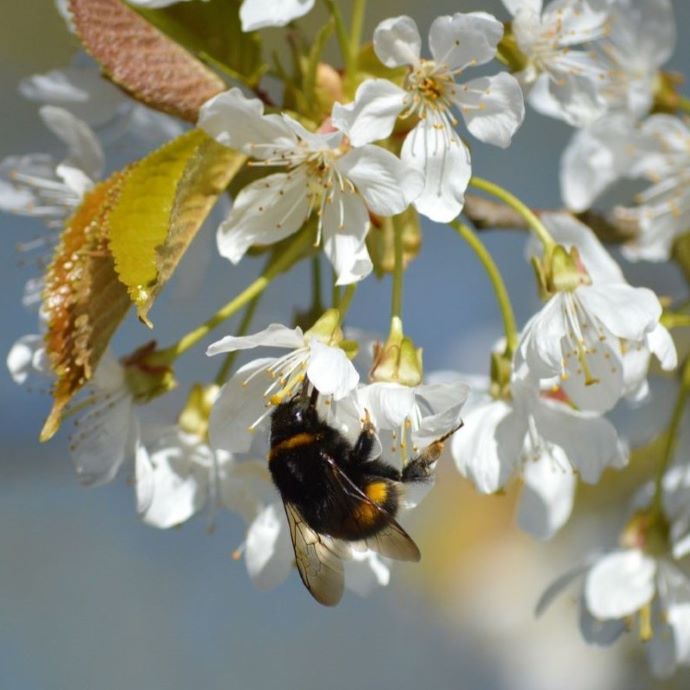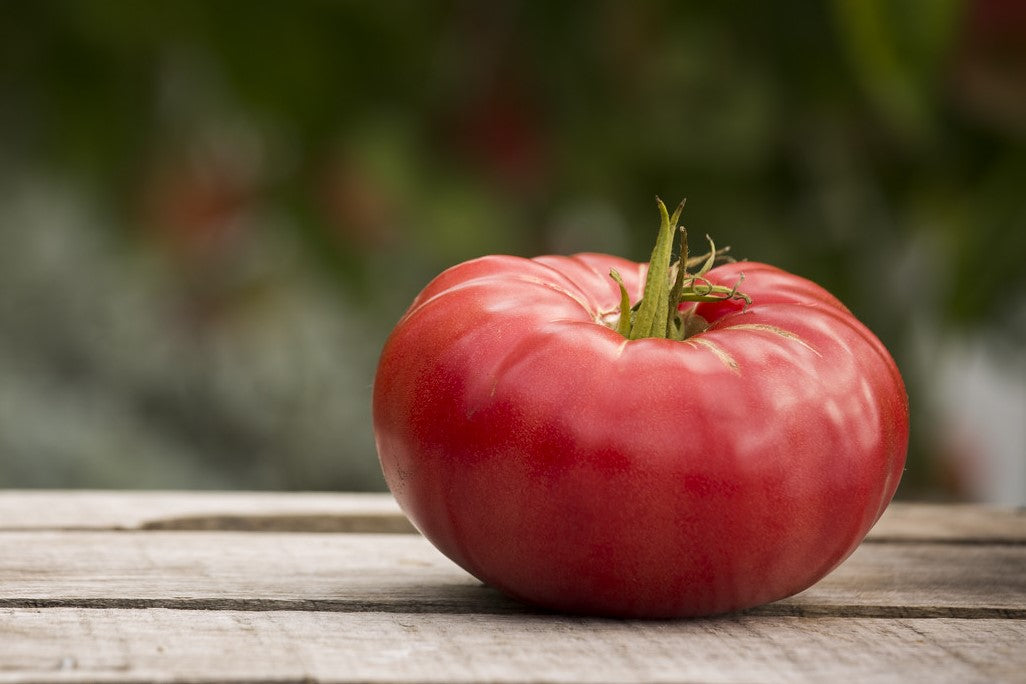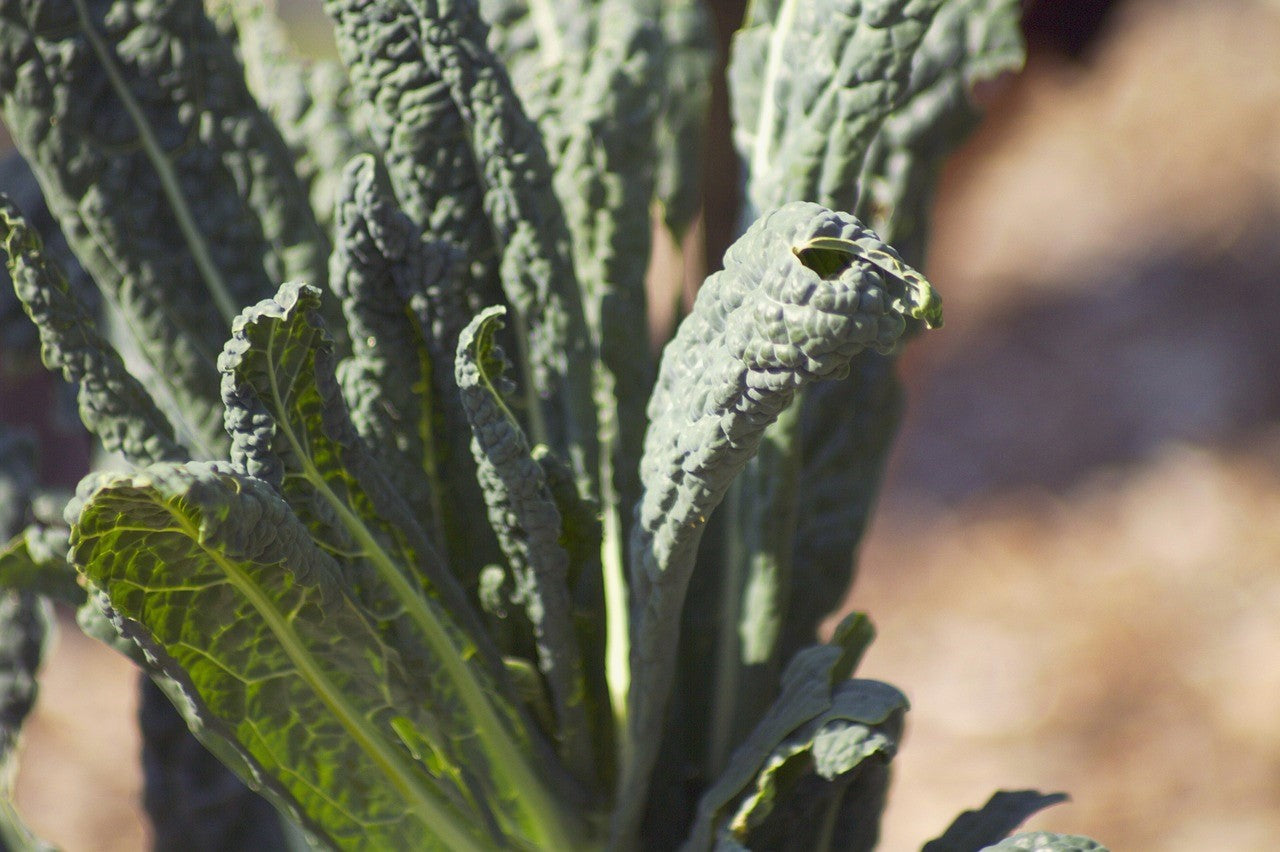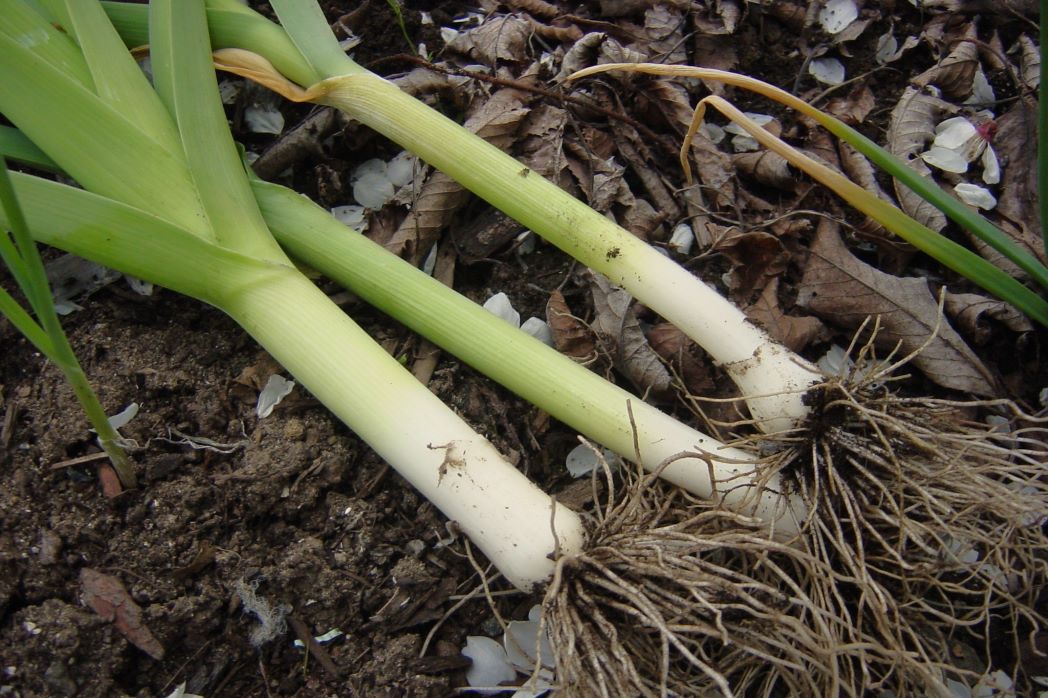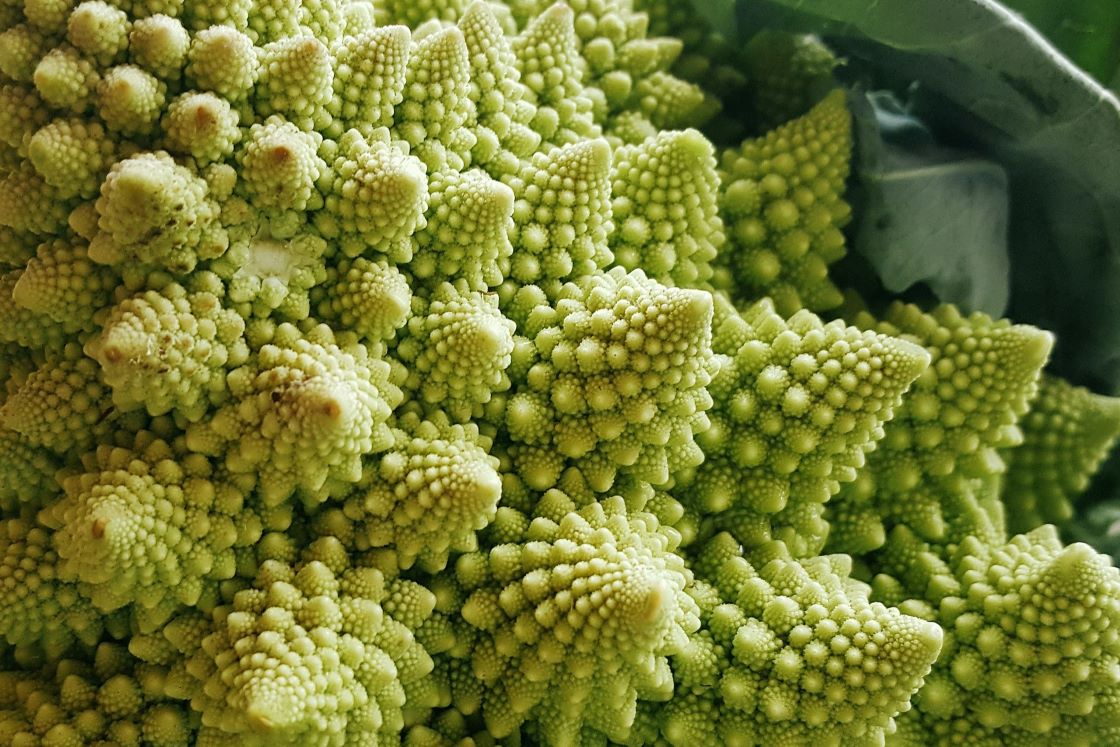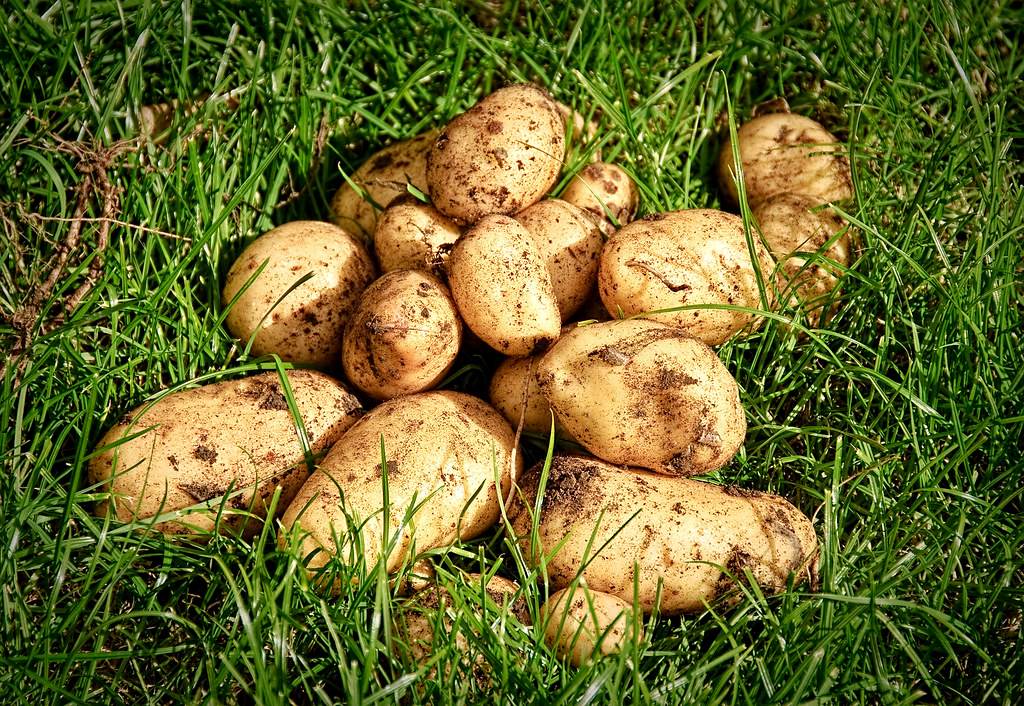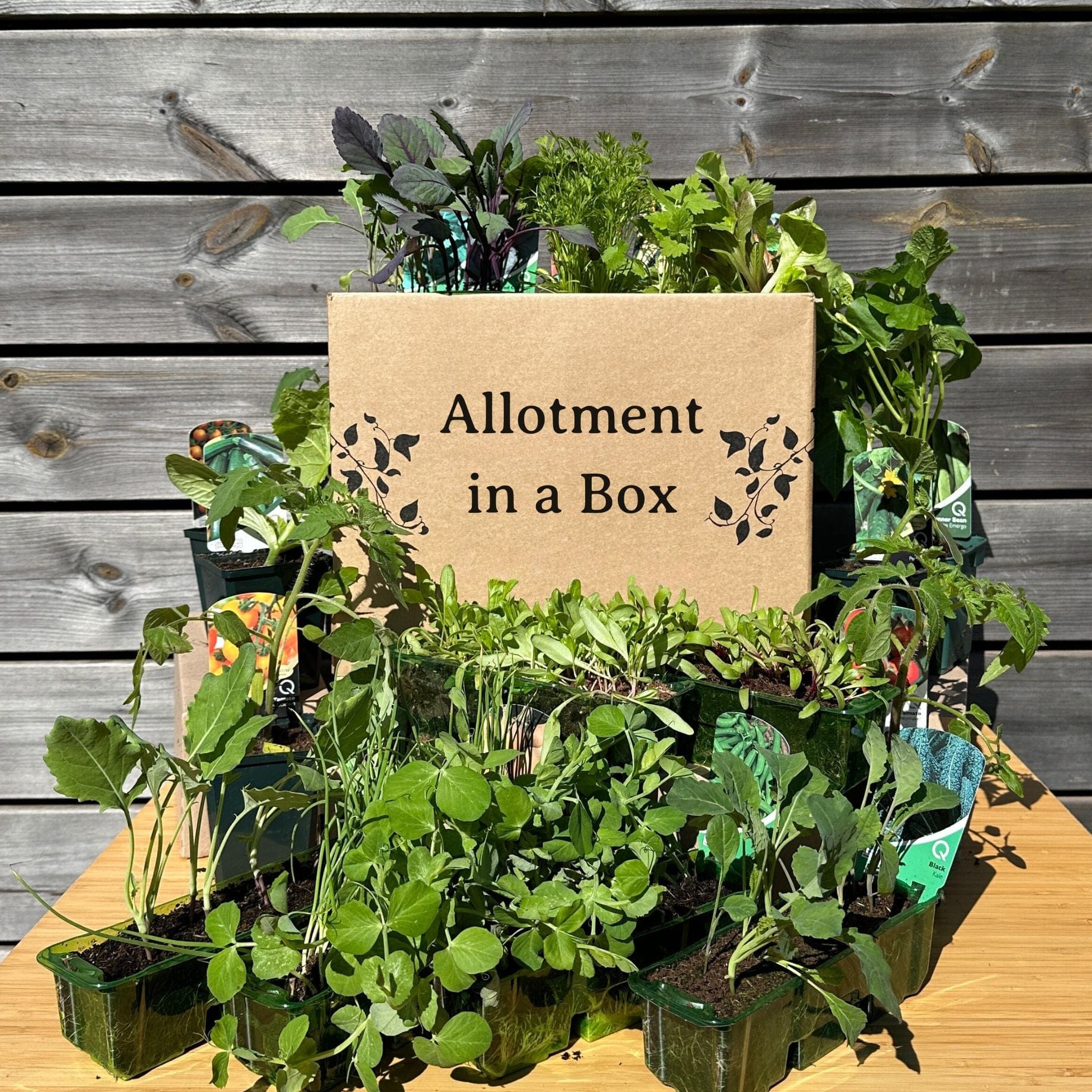Advice & Inspiration
Heritage Vegetables: Seeds or Plants?

The range of vegetables you can grow at home has really expanded in the last few years - lots of weird and wonderful variations that you don’t see in the shops have joined the usual suspects in seed catalogues and in nurseries, inspiring more and more gardeners to grow their own. If you’d told eight year old me that one day I’d be eating purple carrots and yellow tomatoes, I’d have snorted in derision and gone back to my Narnia books where things were more believable.
Jump to:
- Why grow heritage vegetables?
- What are heritage vegetables?
- What’s wrong with supermarket veg?
- Seeds
- Plants
- Best heritage vegetables
Why grow heritage vegetables?
Thanks to an increasing awareness of how important sustainable food and biodiversity are for us all, heritage vegetables have become more and more popular. By growing weird veg, you not only get the joy of discovering new flavours, forms and colours, but you also get the satisfaction of knowing you’re helping to save non-regulation veg types from extinction at the hands of global capitalism. But what does that term ‘heritage’ really mean?
What are heritage vegetables?
‘Heritage’ (sometimes called traditional or ‘heirloom’) simply means an old fashioned vegetable variety that isn’t commercially produced and sold. The definition isn’t set in stone, but it usually means a plant variety that dates back before 1950.
Heritage vegetables are the beautiful old fashioned, flavour-packed varieties that used to fill our fruit bowls before supermarkets insisted everything had to be the same shape, size and colour and could be transported across a national delivery network before being sold. What that added in uniformity, it took away in taste, as vegetables began to be bred for shelf life and durability rather than taste. The plants are open pollinated rather than F1 hybrids, which means that you can save the seeds and they’ll produce the same plant as their parent when you sow them the following year (global capitalism does not approve).
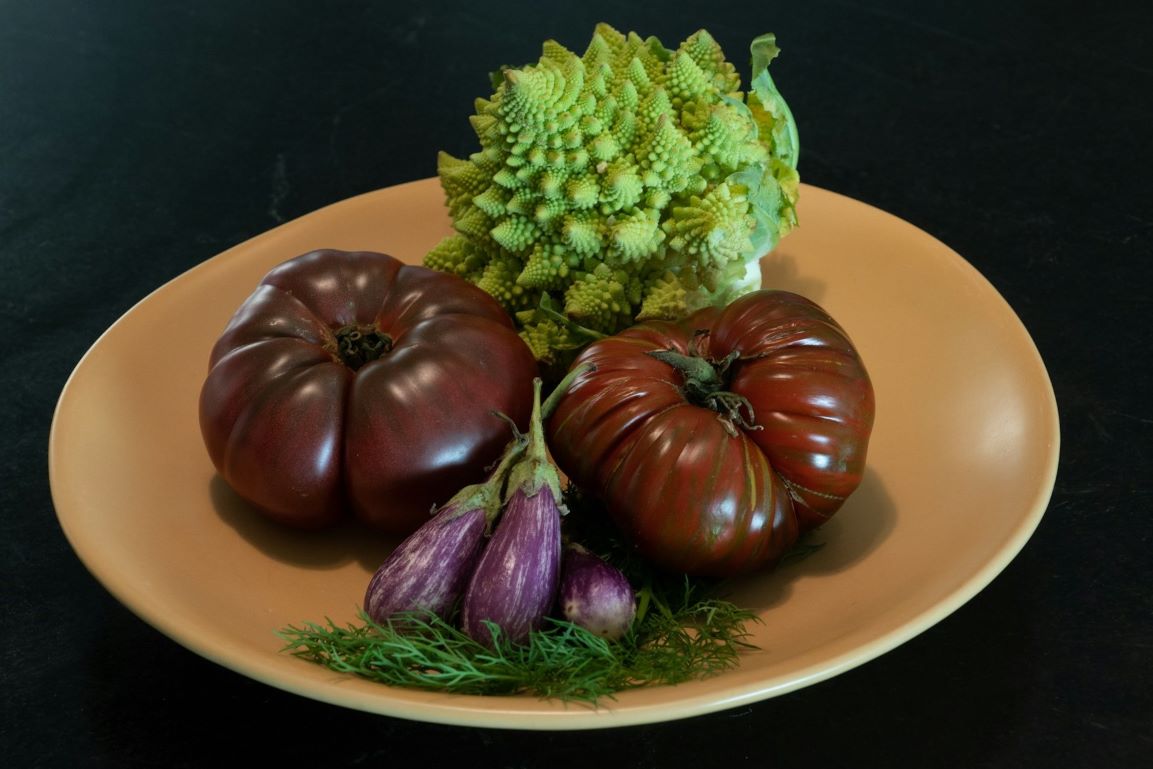
What’s wrong with supermarket veg?
Nothing at all, don’t get me wrong - it’s simply that heritage vegetables will give you much more variation in colours, nutrients and flavours than your standard commercial varieties, as well as the satisfaction of knowing that you’re helping to carry on a tradition and preserve these lovely old varieties for future generations. Factor in also that growing your own gives you much fresher produce without any dodgy pesticide residues, and you’re onto an undisputed winner.
Similarly, there’s nothing wrong with F1 hybrid veg - in fact since they’re cross bred for better yields and vigour, you can rely on them to produce plenty of good, trouble-free crops.
For the best of both worlds, why not grow a selection of each?
Heritage vegetable seeds
Heritage vegetable seeds can be more expensive than other varieties, but trying even one or two is definitely worth it in terms of the variety it adds to both your diet and your garden.
It used to be the case that you had to seek out specialist seed shops, but as the demand for heritage vegetables grows, you can find a selection on even the most mainstream sites. I still have a soft spot for the smaller, weirder shops to be honest, and love to see what new varieties they have to offer each year. Tomatoes and chillies are especially well represented, and I’m enjoying the trend towards Caribbean vegetables like calaloo and Indian varieties like lablab bean and okra. Even better (and cheaper), save your own seed from the plants you grow and sow it next year or find a local seed swap event and get seeds for free.
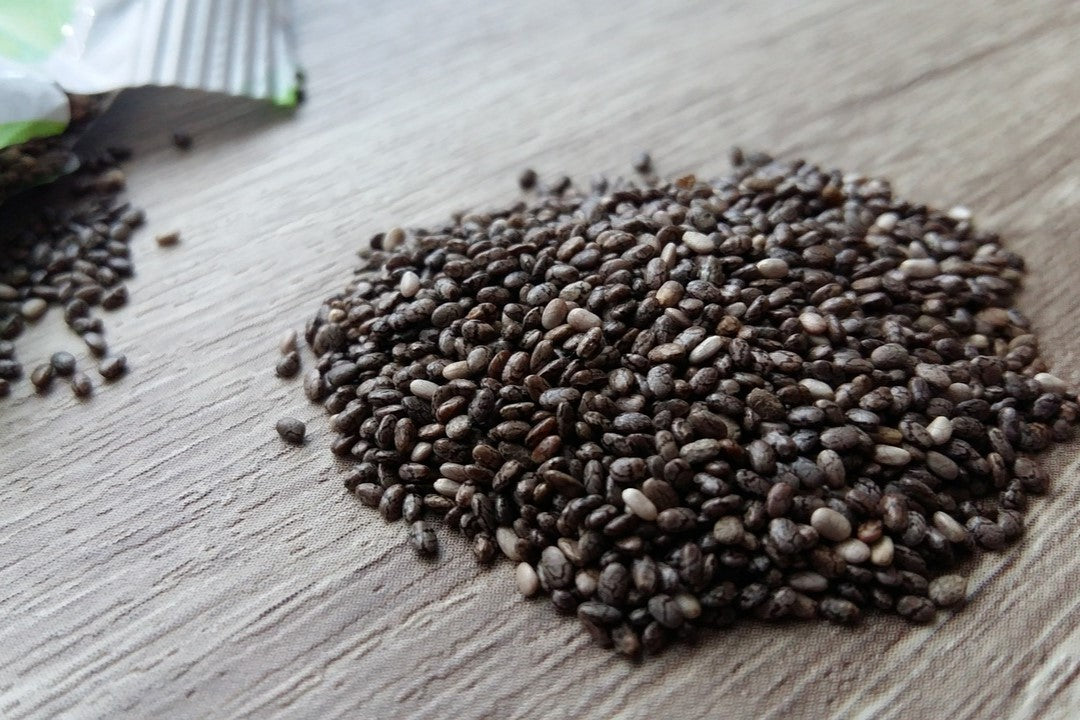
Heritage vegetable plants
If you’re finding it difficult to source seeds or grow them successfully, heritage vegetable plants offer a reliable solution. Again due to the growing popularity of these vegetables, nurseries are trialling new (old?) varieties every year and we’re adding more and more of these to our vegetables range - let us know how yours get on!
The best heritage vegetables to grow
An added bonus of growing heritage vegetables is discovering the interesting origin stories behind your crops. Superb taste with a side dish of history? Don’t mind if I do. Here are some of the best heritage vegetables to grow.
Brandywine tomato
The Brandywine tomato originates in the Amish community of Pennsylvania USA, and was popularised after seeds were sent to a museum in the eighties by an elderly farmer whose family had grown them since at least 1885.
Although there have since been several hybrids, the original and best is the red Brandywine, a large beefsteak tomato with a deep, rich flavour and very productive vines. It’s become a classic worldwide since then, with gardeners choosing it for taste, reliability and resistance to cracking.
Image source: Flickr.
Cavolo Nero kale
Grown for centuries in the rich, loamy soils of Tuscany, this flavour-packed kale came to the UK in the 1860s on one of Thomas Cook’s ships - possibly the best holiday souvenir ever? As Cook was also a prominent temperance campaigner, perhaps this was also the origin of the kale smoothie. Originally adopted by British gardeners as an ornamental plant, once people discovered its delicious flavour and nutritional benefits, fast growing Cavolo Nero became a firm favourite. Grow it in pots or beds and harvest the dark green, textured leaves as and when you need them.
Musselburgh leeks
It’s the national symbol of Wales, but there’s a long history of leek growing in Scotland too, dating back to the Middle Ages. By the 18th century the Scots had pretty much perfected this versatile, hardy veg, and the Musselburgh leek was the result, appearing on the market around 1834. Sadly they’re no longer grown commercially as bigger (but less tasty) varieties have edged them out, but you can still grow your own. As you’d expect from a Scottish variety, Musselburgh is exceptionally cold hardy and makes an excellent winter crop.
Image source: Flickr.
Romanesco
Probably the world’s most photographed vegetable, fractal-patterned romanesco is often categorised as a cauliflower or as broccoli, but although it shares characteristics of both, it’s a unique brassica in its own right, with a nutty flavour and a delicious crunch. Romanesco as we know it can trace its origins back to 15th or 16th century Rome (hence the name) but it’s probably a result of selective breeding dating back even further. Use romanesco as you would broccoli or cauliflower - it looks amazing roasted whole. Don’t forget to instagram your crop - I think it’s the law.
Sharpe’s Express potato
There are lots of heritage potatoes you can grow - it’s one area that’s seen a real boom in recent years, and I’m very much here for it, since potatoes are really easy to grow and the difference in taste between these and your average supermarket spud is massive. Sharpe’s Express sounds like Bernard Cornwell fanfic, but was in fact introduced in 1900 by Charles Sharpe of Sleaford, Lincolnshire. A pear-shaped white potato with a classic, waxy new potato taste, it was the favourite of another complete legend - original Gardener’s World presenter and creator of the Blue Peter garden, Percy Thrower.
Image source: Flickr.
Painted Lady runner bean
The records are a bit hazy on this one, but it’s thought that Painted Lady has been grown in the UK since at least the 1600s, gaining popularity in the 19th century when cottage gardens first became a trend. With tender green beans and beautiful white and crimson flowers on one plant, it’s practically a cottage garden all by itself and was a space saving favourite in the allotments of new industrial towns and the kitchen gardens of miners cottages.
Starting your own heritage vegetable garden? Our expert growers have all the advice and inspiration you need.






